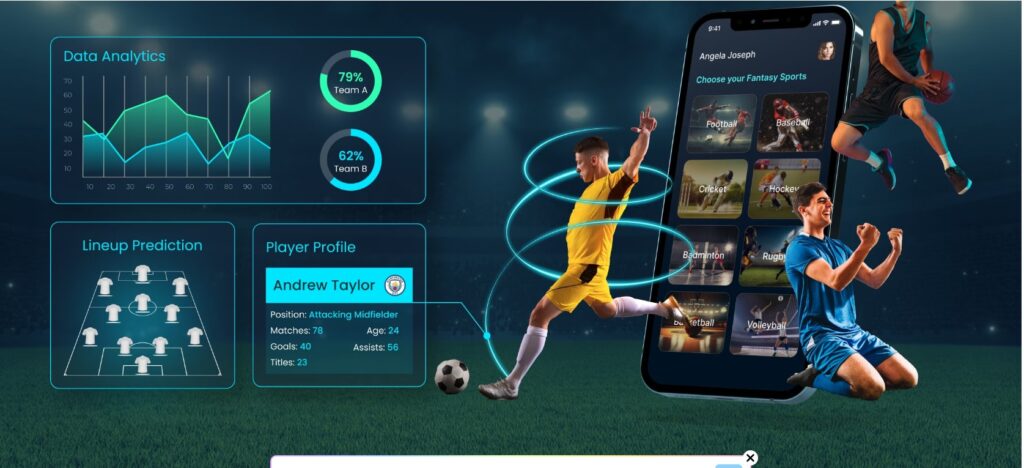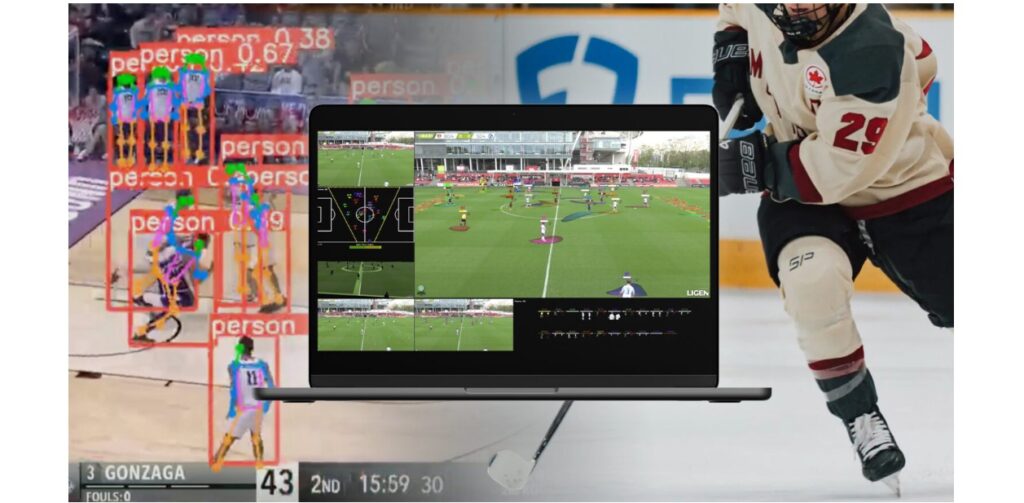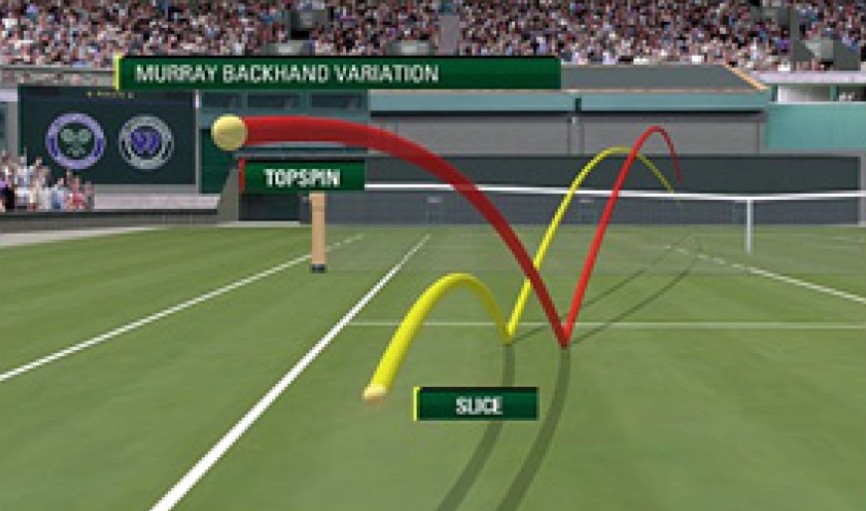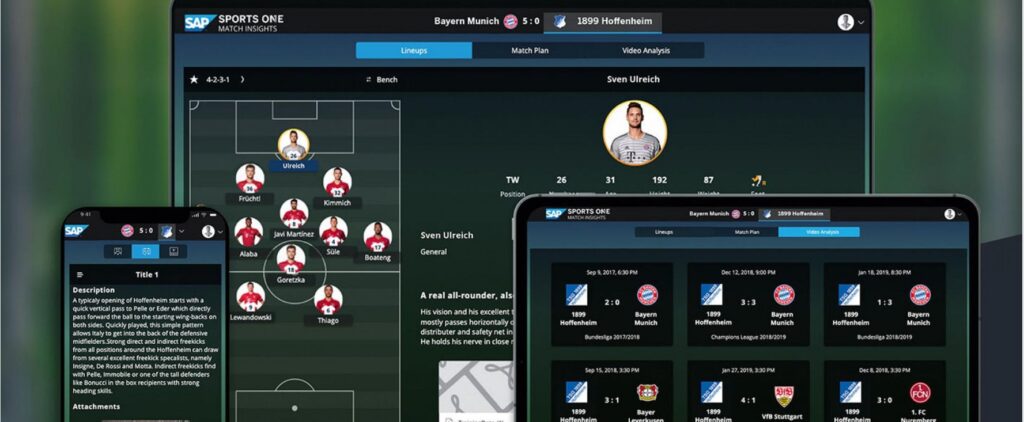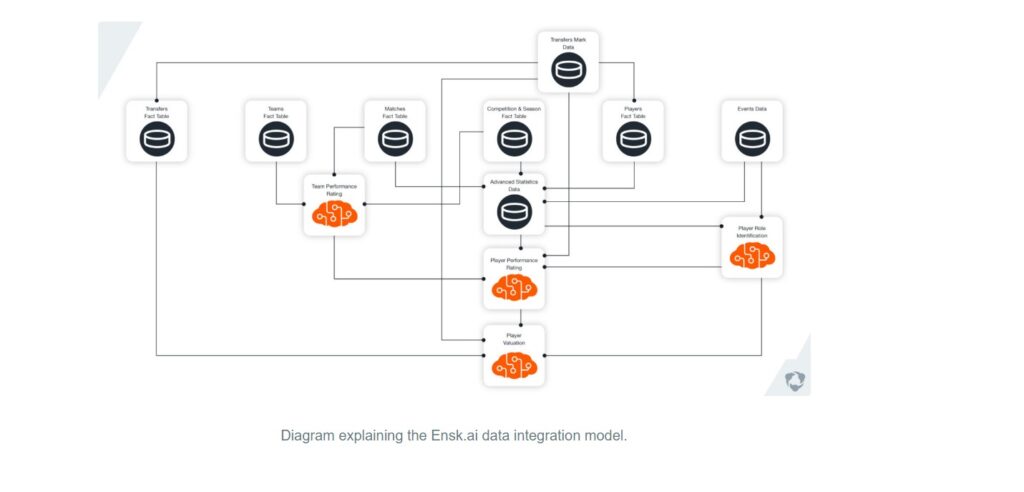AI In Sports
AI in sports: Application and use cases.
Artificial Intelligence (AI) is making a huge impact across industries, and I’ve noticed how it’s drastically changing the world of sports. It’s more than just analyzing statistics—AI is boosting athlete performance, refining game strategies, improving fan experiences, and even streamlining the operations of sports teams. Watching how AI is reshaping how sports are played, viewed, and managed is truly fascinating.
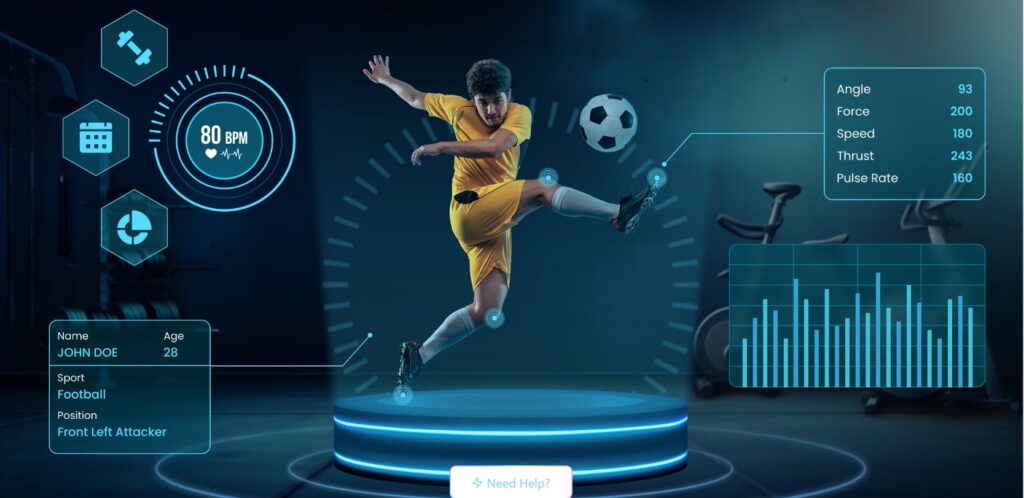
One of the most impressive uses of AI is in performance optimization and training. With AI-powered devices like wearables and computer vision, we can collect an incredible amount of data on players—everything from their movements to how much strain they’re putting on their bodies. This information allows coaches and athletes to tailor training programs that not only maximize performance but also minimize the risk of injury. The idea of creating personalized training plans based on real-time data is revolutionary for sports.
Another area where AI is making waves is in injury prevention. By analyzing patterns in an athlete’s movements and workload, AI systems can predict potential injuries before they happen. The ability to catch warning signs early and adjust training or recovery plans is game-changing for keeping athletes healthy and on the field longer.
AI isn’t just helping individual athletes—it’s also transforming game strategy. AI systems can sift through historical game data, player stats, and even factors like weather conditions to predict outcomes and suggest strategic adjustments during live games. Imagine having a tool that can offer real-time insights and recommendations to guide in-game decisions. That kind of advantage can make all the difference in high-stakes competitions.
For fans, AI has completely redefined the viewing experience. AI-driven platforms create more personalized and interactive experiences by offering tailored content—whether it’s chatbots answering questions or custom highlight reels based on individual preferences. Technologies like augmented and virtual reality are also bringing fans closer to the action, making watching sports more exciting and immersive than ever before.
In the world of sports broadcasting, AI has automated much of the behind-the-scenes work. AI systems now generate instant highlights, deliver in-depth stats, and even manage cameras to capture the best angles. This not only improves the viewing experience but also helps broadcasters deliver more insightful and engaging coverage.
From a business perspective, AI is helping sports organizations make smarter decisions. Whether it’s analyzing ticket sales, predicting attendance, setting dynamic pricing, or using data to scout talent more efficiently, AI is playing a key role in optimizing the financial and operational aspects of sports management.
In this post, I’ll take you through the most exciting applications of AI in sports, showing you how this technology is transforming the way we experience and understand the game.
From improving athlete performance to enhancing fan engagement, AI is reshaping the sports industry in ways that are both innovative and powerful. I’m eager to share real-world examples that demonstrate just how AI is driving the future of sports.
1. Catapult
Catapult provides AI-powered wearable devices that monitor athletes’ performance in real time. It tracks physical metrics such as speed, distance, and overall workload, making it possible to optimise training routines and prevent injuries.
Application:
Used primarily in sports like football, rugby, and basketball for performance monitoring and improving physical training programs.
Use Cases:
- Player load management: Helps coaches monitor player fatigue and avoid overtraining.
- Injury prevention: Tracks physical metrics to detect injury risks early.
- Game readiness assessment: Measures athlete fitness levels before matches.
- Performance analysis: Gives detailed reports on speed, acceleration, and distance covered during games.
- Recovery optimization: Tracks recovery metrics and suggests optimal recovery times.
2. Hawk-Eye
Hawk-Eye is an AI-powered officiating system that tracks ball trajectories using advanced computer vision. It is widely used to assist referees in making critical decisions in sports like tennis, cricket, and football.
Application:
Primarily used for officiating and ensuring fair play by providing precise ball tracking and line decisions.
Use Cases:
- Tennis line calls: Determines if a tennis ball is in or out of bounds during high-speed matches.
- Goal-line technology: Used in football to confirm whether the ball has fully crossed the goal line.
- Cricket decision reviews: Helps in judging LBW (leg-before-wicket) appeals by tracking ball trajectory.
- Offside tracking in football: Accurately monitors player positions relative to the ball for offside decisions.
- Real-time replay: Provides broadcasters with accurate replays for match analysis.
3. StatsBomb
StatsBomb offers AI-driven data analytics focused on football, providing clubs with in-depth data on player and team performance. It delivers insights into passing patterns, shot locations, and player movement during matches.
Application:
Used by professional football teams for game analysis, scouting, and match strategy planning.
Use Cases:
- Tactical analysis: Provides detailed insights into team formations and passing dynamics.
- Player scouting: Helps clubs assess potential player transfers based on data-driven performance metrics.
- Match preparation: Analyses opponents’ weaknesses and strengths to plan match strategies.
- In-game decision making: Delivers real-time data for coaches to adjust tactics during a match.
- Post-match analysis: Detailed reports help coaches understand player performance and improve training.
4. WHOOP
WHOOP is a wearable fitness tracker powered by AI that monitors sleep, recovery, and strain levels. It provides athletes with personalised insights to enhance their overall physical performance and well-being.
Application:
Commonly used in endurance sports like running, cycling, and team sports for recovery management and performance enhancement.
Use Cases:
- Sleep monitoring: Tracks sleep cycles to optimise recovery and performance.
- Strain tracking: Measures exertion levels during workouts to prevent overtraining.
- Recovery insights: Provides AI-driven recommendations for optimal recovery based on heart rate variability (HRV).
- Fitness optimisation: Suggests workout intensities based on recovery metrics.
- Injury risk reduction: Monitors fatigue levels and alerts athletes when to rest to avoid injuries.
5. Opta
Opta is a data analytics platform that uses AI to collect and analyse vast amounts of sports data. It is particularly popular in football, providing statistics that drive game analysis, player ratings, and performance tracking.
Application:
Used for broadcasting, team analysis, and fan engagement in football, rugby, and cricket.
Use Cases:
- Performance tracking: Delivers detailed player performance data during matches.
- Game strategy: Provides coaches with tactical insights to refine match tactics.
- Player evaluation: Tracks key statistics like goals, assists, and defensive actions to evaluate players.
- Fan engagement: Data is used by media outlets to enrich broadcasting with insightful commentary.
- Predictive analytics: AI-driven data predicts match outcomes and player performance for betting and team preparation.
6. SAP Sports One
SAP Sports One is a team management platform that uses AI to analyse player performance, manage injuries, and streamline team operations. It is used by top football and rugby teams to enhance performance.
Application:
Primarily used by coaches and managers to streamline team operations and optimise player performance through data analysis.
Use Cases:
- Injury management: Tracks player health and predicts injury risks based on training data.
- Performance analysis: Provides detailed insights into player fitness and match performance.
- Training optimisation: Suggests personalised training programs based on AI analysis of player data.
- Tactical planning: Analyses team performance to refine strategies for upcoming matches.
- Team communication: Manages team operations and player availability through the platform’s management tools.
7. Zone7
Zone7 uses AI to analyse data from wearables, helping teams predict and prevent injuries. It collects data on player movement, strain, and other metrics to identify players at risk of injury.
Application:
Used in sports like football, rugby, and basketball to prevent injuries and improve recovery.
Use Cases:
- Injury prediction: Analyses data to flag players at risk of injury, helping to reduce downtime.
- Training adjustment: Suggests modifications in training intensity to reduce injury risks.
- Player wellness monitoring: Tracks overall player health and well-being during training and matches.
- Load management: Helps manage player workloads by providing data on fatigue levels.
- Recovery tracking: Offers insights into post-game recovery to ensure players are fully fit for the next match.
8. Wyscout
Wyscout is a video analysis and data platform used for football scouting and player performance analysis. It provides AI-powered video breakdowns, making it easier for clubs to scout players and analyse tactics.
Application:
Used by football clubs for scouting, game analysis, and tactical development.
Use Cases:
- Player scouting: Provides data and video analysis for scouting potential signings.
- Tactical analysis: Breaks down match footage to analyse team formations and tactics.
- Match preparation: Helps coaches study opponents’ strengths and weaknesses ahead of games.
- In-game strategy adjustment: Real-time video analysis aids tactical changes during a match.
- Post-match breakdown: Offers detailed video clips and statistics for post-game reviews.
9. Beyond Sports
Beyond Sports uses AI and virtual reality (VR) to create immersive environments where athletes can practise game scenarios. It helps players improve decision-making and game awareness in virtual settings.
Application:
Primarily used in football and basketball to simulate match situations and enhance strategic decision-making.
Use Cases:
- Player decision training: Virtual simulations allow players to practise reacting to various in-game scenarios.
- Tactical development: Coaches can design VR drills based on real match data to improve team tactics.
- Game preparation: Virtual match simulations help players understand opponents’ strategies before a game.
- Skill enhancement: Provides opportunities for players to practise specific skills in a realistic but controlled environment.
- Team coordination: Virtual scenarios help teams practise coordination and communication during matches.
10. Second Spectrum
Second Spectrum provides AI-powered video analysis and visualisation tools to track player movement in real time. It is widely used in sports like basketball and football for advanced tactical analysis and game strategy development.
Application:
Used by teams and analysts to track player performance, develop tactics, and offer detailed game insights.
Use Cases:
- Player movement tracking: Monitors player positions and movements on the field for performance analysis.
- Game strategy development: Provides insights into team tactics and opponent patterns.
- Performance visualisation: Creates real-time visualisations to illustrate player performance and team strategies.
- Fan engagement: AI-powered graphics are used in broadcasts to help fans understand game dynamics.
- Scouting and recruitment: Analyses player movement and statistics to identify potential transfer targets.
In conclusion:
As I wrap up this look at AI’s role in sports, it’s clear that the technology is more than just a passing trend—it’s a transformative force reshaping the industry.
From enhancing athlete performance and preventing injuries to optimizing game strategies and revolutionizing fan engagement, AI is changing how sports are played, managed, and experienced. What excites me most is that this is just the beginning. As AI continues to evolve, we’ll see even more innovative applications that push the boundaries of what’s possible in sports.
Whether you’re a coach looking to improve your team’s performance, a player aiming to optimize your training, or a fan seeking a more immersive experience, AI is opening up new possibilities for everyone involved.
The fusion of technology and sports is creating a future where data-driven insights and personalized experiences are the norm, enhancing every aspect of the game.
As we move forward, it will be fascinating to see how AI continues to shape the sports world—delivering smarter decisions, better performance, and a deeper connection between fans and the games they love.
The future of sports is undoubtedly powered by AI, and I’m eager to see where it takes us next.


